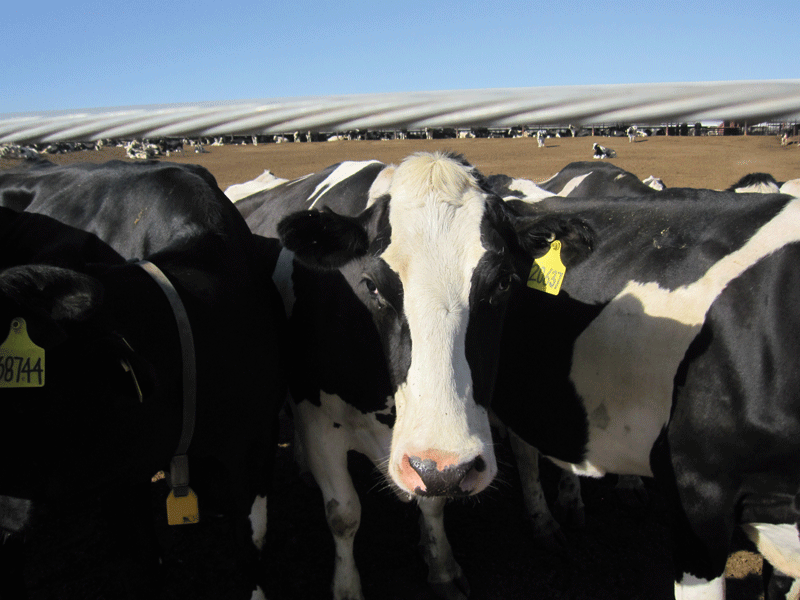BSE found in dairy cow

A dairy cow in California was found to be infected with bovine spongiform encephalopathy.
The U.S. Department of Agriculture announced April 24 that the infection was identified following testing of samples taken from the carcass of a 10 1/2-year-old cow during surveillance, and the carcass was held pending destruction. Federal officials said the cow came from Tulare County in Central California and was euthanized after it developed lameness and became recumbent. Cattle are targeted for surveillance if they become nonambulatory, die for unknown reasons, or have signs consistent with BSE or with CNS abnormalities.
Dr. John R. Clifford, chief veterinary officer for the USDA, announced that animal tissues that could contain the BSE agent aren’t allowed in human or animal foods, and he said the California cow didn’t likely become infected through feed.
“It was an atypical form of BSE, which is a rare form of the disease, and it is not likely to be attributable to infected feed, which is the method in which, normally, BSE would be spread from cow to cow,” Dr. Clifford said.
Dr. Ron DeHaven, AVMA CEO, said in an announcement that the discovery of the BSE-positive cow was not surprising or cause for alarm.
“It is not surprising because we have known for several years that there is a very low prevalence of BSE in our nation’s cattle population,” he said. “USDA has maintained a good, targeted surveillance program for the disease, and it is expected that we might find such cases periodically.”
Dr. DeHaven was the USDA’s chief veterinary officer when the nation’s first BSE case was discovered in 2003.
BSE is a degenerative and fatal disease that is typically spread through consumption of feed contaminated with pathogenic prion proteins, which come from the brains and spinal cords of infected cattle. Consumption of BSE-infected materials is also the presumed cause of infection in humans with a degenerative new variant form of Creutzfeldt-Jakob disease. The disease was diagnosed in about 225 people worldwide from fall 2006 through spring 2011, according to the World Health Organization.
Federal regulations have prohibited including mammal protein in ruminant feed since 1997, and cattle brains and spinal cords in any animal feed since 2009. USDA information indicates that the incubation period for BSE in cattle can range from three to six years.
Information from the Centers for Disease Control and Prevention and a USDA Agricultural Research Service study indicate atypical BSE could develop spontaneously and could be transmitted genetically. The CDC information noted, however, that disease possibly can be spread through feed or the environment.
Three BSE infections were found in cattle in the U.S. from 2003-2006, and USDA officials have indicated the most recent two were likely atypical infections. In July 2006, the USDA estimated between four and seven of the nation’s 42 million adult cattle were likely infected at that time.